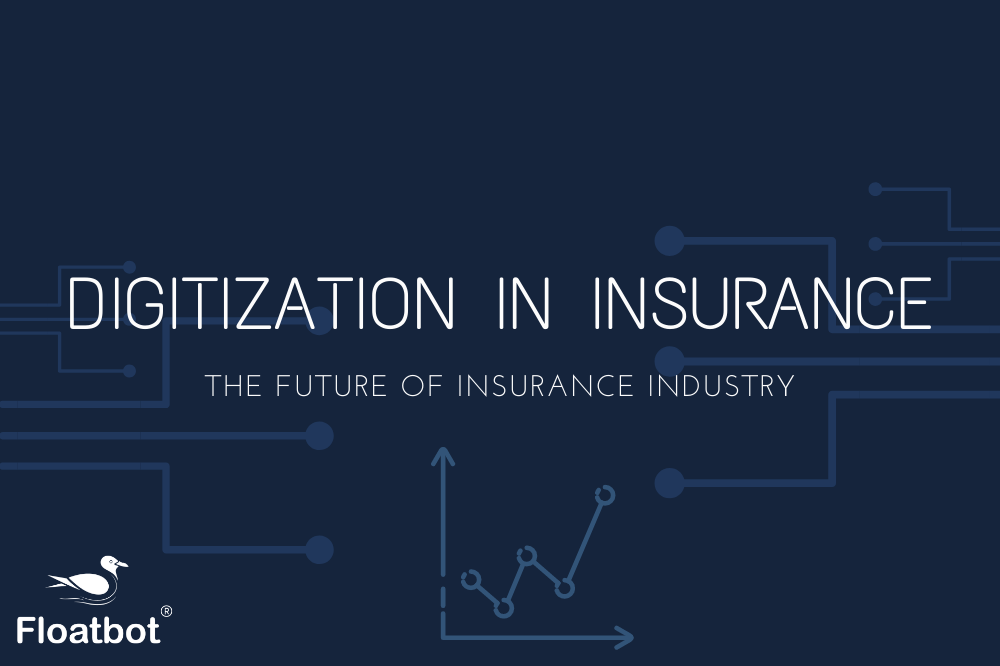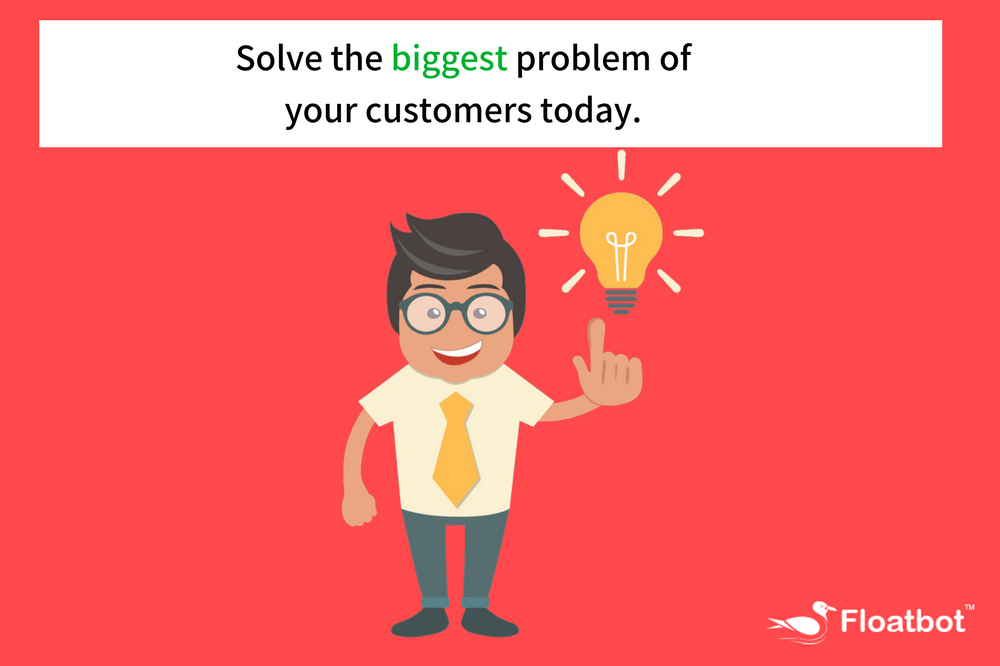Digitization in Insurance
Checkout how digitization is transforming InsurTech.How InsurTech is shifting to conversational AI approach in 2020.
- Aug 10 2020

The digitization that every industry is undergoing is hard to look past. In the times when people are getting more and more conscious of meeting someone in person, doing business gets more and more challenging. And the businesses are staring in the face of a steep fall in revenue.
According to Deloitte, 80% of respondents believe the insurance industry is moving fast enough to keep up with technological advancement.
And as per the report of Accenture, artificial intelligence will be one of the top trends in 2020.
Other technology trends that are predicted to transform the insurance industry are predictive analysis, machine learning, IoT, chatbots, social media data, and telematics.
Speaking of IT budgets, automation has to be on top for all businesses. The findings of Spiceworks stats that business adoption of AI-powered technologies is expected to triple by 2021. That is a lot!
According to a Statista report, In 2016, the global insurance industry spent 76 million U.S. dollars on software for cognitive/AI technologies, which will rise to 571 million U.S. dollars by 2021.
Pandemic will also affect the way how a business adapts digital technologies. Especially for the Insurance Industry which is dependent on human agents for interaction with customers, sales and basically every aspect of the business is facing a lot of troubles. A huge change can be seen in the preferences of customers whether it is the type of insurance policy or the way they buy it. And so it is the need of the hour to transform the whole buyers/customers journey.
Insurance companies have started realizing that digital innovation is changing the way customers interact the businesses and the way businesses operate. The Covid-19 pandemic has made it mandatory for the insurers to deal with the present and the near future in the most optimized way and also start preparing for the opportunities that the future hold for insurance companies.
Tim Calvert (MD and Partner – BCG New York) in an interview says that:
There are a lot of opportunities to transform the way that life insurance is sold to customers. The human to human interaction of an agent is going to change. It’s important for incumbent-insurance companies to take action now and invest in transforming distribution – Checkout the interview here
When we talk about technology in the insurance industry, the term is called Insurtech, the term lately gained popularity refers to the use of technology in the insurance industry to reduce cost and increase efficiency. Statistics show how insurtech has proven its success over the years.
Here is the graph of IT spending by insurance companies on cognitive/artificial intelligence technologies worldwide in 2016 and 2021.
Statistics show that in 2016, the global insurance industry spent 76 million U.S. dollars on software for cognitive/AI technologies, which will rise to 571 million U.S. dollars by 2021.

The shift from digital to conversational
While talking about digital technologies those are also classified as DARQ technologies i.e. distributed ledger technology, artificial intelligence (AI), extended reality (XR), and quantum computing.
93% of industry leaders are experimenting with at least one of the DARQ technologies.
In statistics published by Accenture, top executives predict Artificial intelligence to impact the insurance industry by 42% over the next three years among all other DARQ technologies, which is the maximum of all! Hence we can say that conversational AI will be the trend in near future.
With conversational AI, chatbots and voicebots come into the picture. A Conversational approach towards various use cases such as buying insurance online, customer support, premium quotations, etc. is easily achievable with minimum efforts. It saves time & money for both insurers and companies, it can transform the way of operation and give a seamless experience.
Conclusion
Over the years, a steep rise has been noticed in the technology adoption rate by insurance which is hard to look past. Many big insurance companies have already started transforming their business process digitally and for the other companies, to keep up or get ahead- of their competition, digitizing should be the first priority. Along with adopting the latest technology, companies are now moving from "digital to conversational" technology. And as history proves, Early Adopters are the Winners!





